A risk assessment matrix is a tool for assessing and prioritizing risks in risk management.
This blog post will discuss the risk assessment matrix, how to create a risk assessment matrix, and provide examples and a template you can use to create your risk assessment matrix.
What is a Risk Assessment Matrix?
Project managers evaluate and prioritize risks using a risk assessment matrix. Many experts refer to this matrix as either a probability and severity risk matrix or a risk matrix.
The matrix allows project managers to plot the severity of the consequences and the likelihood of the event occurring from low to high. This information helps rank the risk.
Creating a risk assessment matrix can be done in various ways; however, the most important things to keep in mind are that it should be concise, simple, and adapted to the project’s particular circumstances.
Risk ranking helps project managers separate high and low-rank risks. They can develop a risk management plan for high-ranked risks and keep low-level risks on a watchlist. Prioritizing helps the project management team focus on high-priority risks and saves resources in investing in low-priority risks.
The higher the severity and likelihood of an event, the greater the risk. Many factors influence the decision of what is high-risk. For example, if the consequences of an event are not severe, it may be considered a low-ranking risk.
How Does a Risk Matrix Work?
Risk assessment is the probability of an event multiplied by its impact. You can break probability and impact levels into verbal and numerical scales.
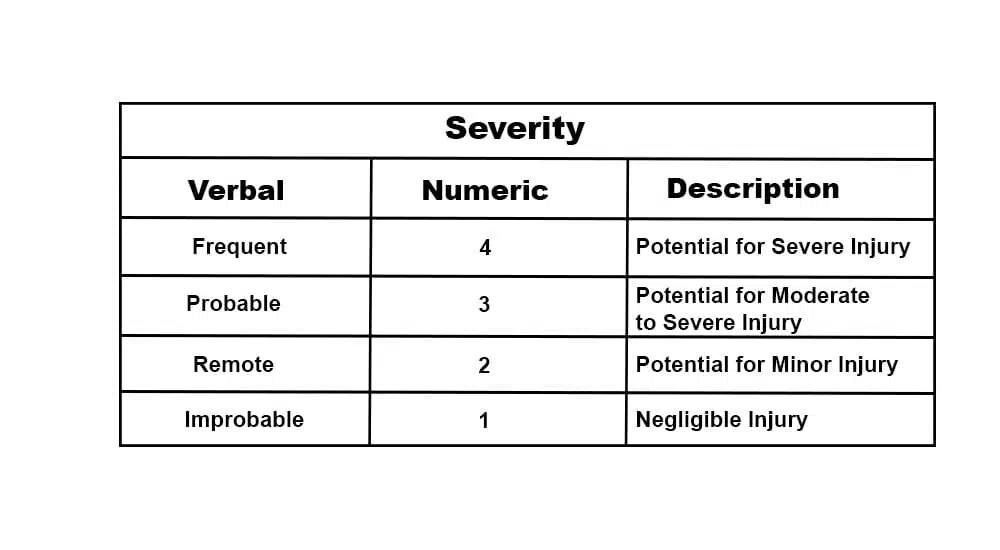
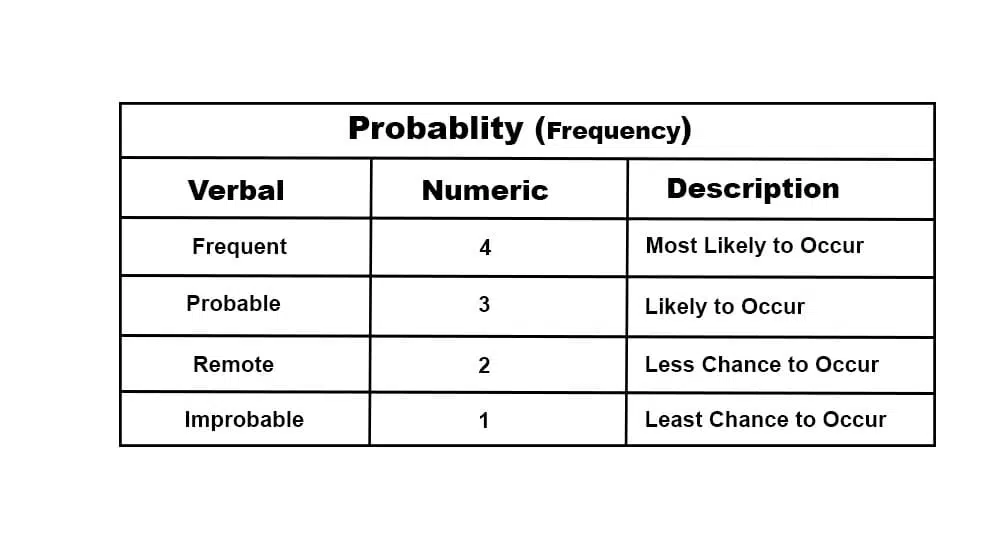
Risks can be grouped into three zones:
- The High Risk (Red Color) – Unacceptable
- Moderate Risk (Yellow Color) – May or May Not Be Acceptable
- The Low Risk (Green Color) – Considered Acceptable
Determining whether a risk is acceptable often comes from a cost/benefit calculation. For instance, it is difficult to justify paying millions of dollars to prevent an injury caused by ergonomics, yet investing the same millions of dollars in preventing a chemical explosion might be worth it.
Benefits of a Risk Assessment Matrix
The benefits of the risk assessment matrix include the following:
- It Prioritizes Risks: Project managers can prioritize and focus on high-ranking risks by assessing their probability and impact.
- It Improves Communication: A risk assessment matrix improves communication between different departments and stakeholders by providing a common language for discussing risks.
- It Facilitates Decision Making: The matrix helps develop risk response plans.
- It Improves Risk Understanding: The risk assessment matrix creation process helps the project team understand the risks and their interrelationships.
- It Helps Develop Budgets: Project managers can calculate contingency reserves and plan the budget after identifying and assessing the risks.
How To Create A Risk Assessment Matrix
The steps to create a risk assessment matrix are as follows:
Risk Identification
The first step in creating a risk assessment matrix is risk identification. To acquire a range of perspectives, identify as many risks as possible.
Some organizations have risk checklists based on past project experiences. These checklists help identify risks quickly for new projects.
Afterward, project managers can find more risks by brainstorming with the team, reviewing project documents, and talking to stakeholders.
The different types of risks include:
- Internal Risks: These risks come from within the company, and the project team has some control over them. For example, an ineffective team member, unrealistic deadlines, or a lack of resources.
- External Risks: These risks come from outside the company, and the project team has no control over them. For example, natural disasters, supplier problems, or changes in the market.
- Strategic Risks: These risks come from the organization’s strategy. For example, a new product launch might fail, or a competitor might release a similar product.
- Operational Risks: These risks are caused by day-to-day operations. For example, equipment breakdown, sick leave, mistakes, process errors, etc.
- Financial Risks: These risks come from the organization’s finances. For example, a decrease in sales, an increase in costs, or a change in interest rates.
Risk Analysis
The project team analyzes the likelihood of each risk after identifying those risks. They need to conduct a risk assessment to determine how likely they are to cause damage.
There are several ways to perform a risk analysis. One popular method is a SWOT analysis, which stands for Strengths, Weaknesses, Opportunities, and Threats. Another common method is PESTLE analysis, which stands for Political, Economic, Social, Technological, Legal, and Environmental factors.
Assessing Risk Impact
After analyzing the risks for their probabilities, the project management team will assess their impact severity and the potential loss incurred if the risk occurs.
There are a lot of different approaches to determining the seriousness of the possibility and the impact. One of the more prevalent approaches is using a scale that ranges from one to five, with one denoting the smallest probability and five denoting the greatest probability.
In addition, the impact intensity is graded on a scale from one to five, with one being the least significant impact and five representing the most significant impact. After estimating the severity of probability and impact of the risk, team members multiply them to get the risk ranking.
Risk Prioritization
The last step in creating a risk assessment matrix is prioritizing the risks. This is done by ranking them from highest to lowest.
Risks can be divided into four levels: high-priority risks, major risks, moderate risks, and minor risks.
- High Priority Risks: These risks have a high probability of occurring and could significantly impact the project.
- Major Risks: These risks have a moderate probability of occurring and could impact the project.
- Moderate Risks: These risks have a low probability of occurring and could moderately impact the project.
- Minor Risks: These risks have a very low probability and impact and a minor effect on the project. These risks are mentioned in the watchlist for monitoring.
The project manager will develop risk response plans for all risks except those on the watchlist.
How to Categorize Risks in a Risk Assessment Matrix
You can define risk assessment matrixes differently, but the most common is plotting risks on the x-axis and probabilities on the other.
This results in a matrix with four quadrants, each representing a distinct risk level. The dangers located in the upper left quadrant have a high chance as well as high severity, and they are considered to be the most severe.
The dangers located in the bottom right quadrant have a low likelihood and severity, and they are the hazards that are regarded as the least serious.
How to Use the Result of a Risk Matrix
You use the output of the risk matrix to develop a risk management plan, more specifically, a risk response plan.
You have a list of prioritized risks. Therefore, you will begin by formulating a response strategy for high-level risks and move on to medium-level threats.
You won’t bother developing a reaction plan for low-level risks; instead, you’ll keep track of them on a watch list and continue monitoring them until the project is through.
You will work on developing a risk response strategy if the severity of any low-risk situation increases from a low level to a high level.
In addition, you can maintain a high-priority risk on a watchlist even if its severity level decreases and it transitions into a low-priority risk if the situation warrants it.
Example Of a Risk Assessment Matrix
Here is an example of a simple risk assessment matrix to evaluate the risks.
The matrix shows the risk associated with returning to work during the pandemic.
Risk: Flawed policies to prevent the spread of the virus to employees and visitors.
What Can Go Wrong?
- Employees feel uncomfortable wearing masks for a long period and remove them while talking with colleagues. The virus spreads throughout the team.
- The customer refuses to wear a mask and is asked to leave the premises.
- Employees and customers not staying six feet apart.
Mitigation(s)
- Apply penalties for not wearing masks.
- Assign places where employees can remove the masks, finish breakfast, lunch, etc.
- Keeping signs on the front door that refuse people entry without a mask.
- Placing dots six feet apart to instruct people on where to stand in line and prevent crowding.
Risk Assessment Matrix Template
Let’s review risk assessment matrix templates.
The risk categories range from low to high, and probability ranges from highly likely to very unlikely. The risk rating can be seen by finding the intersection of both criteria.
The following example shows the risk assessment matrix template 4X4.

Limitations of Risk Matrix
A risk matrix is useful in risk management but has some limitations. These limitations are:
- Inefficient Decision-Making: Sometimes, poor categorization of risk can cause poor assessment of risks, leading to poor decision-making.
- Biased Assessment: Many times, due to biases in risk assessment, risk levels can be miscalculated, and it can affect the risk management plan.
- Can Consume Time: Sometime, over-analysis can lead to a waste of time and resources.
- No Consideration for Timeframe: The risk matrix does not consider how risk can change during the project life cycle.
Conclusion
One of the most important tools in risk management is a risk assessment matrix. The management team for the project can conduct an effective risk analysis and establish a priority order for the risks associated with the project because they created a risk assessment matrix.
A risk assessment matrix is a living document that should be regularly reviewed and updated as new risks arise or the likelihood or impact of existing risks changes.

I am Mohammad Fahad Usmani, B.E. PMP, PMI-RMP. I have been blogging on project management topics since 2011. To date, thousands of professionals have passed the PMP exam using my resources.

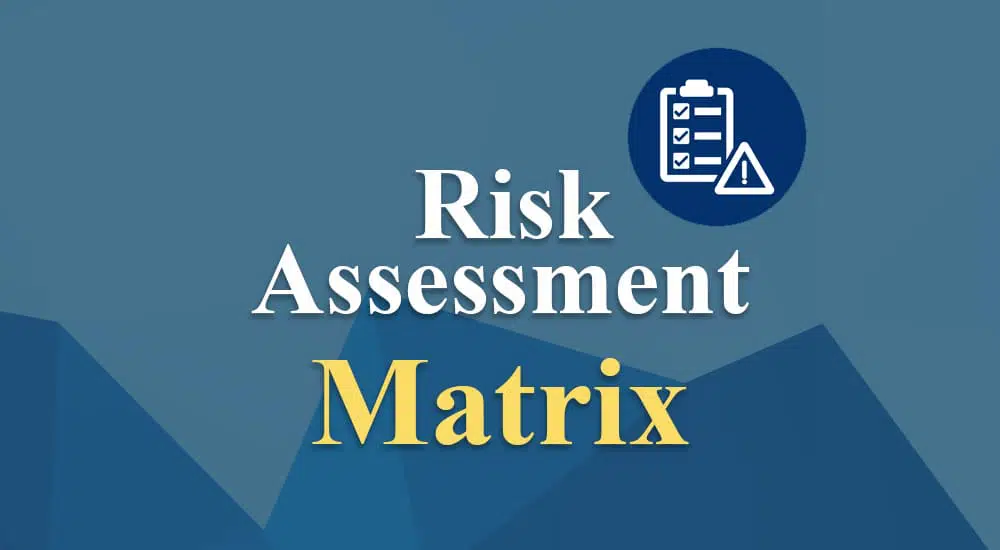
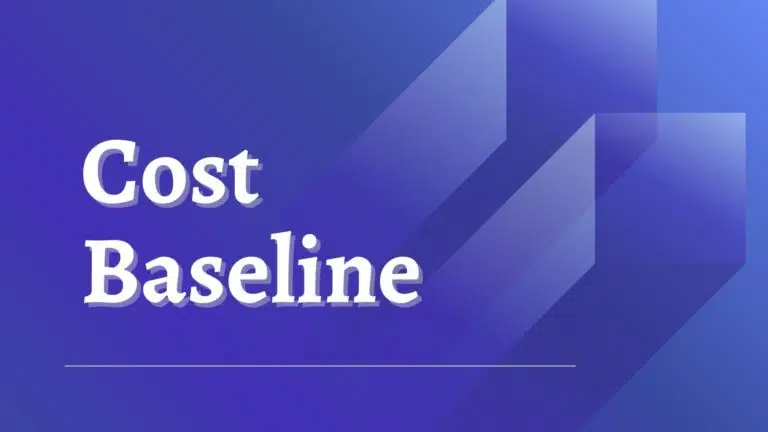
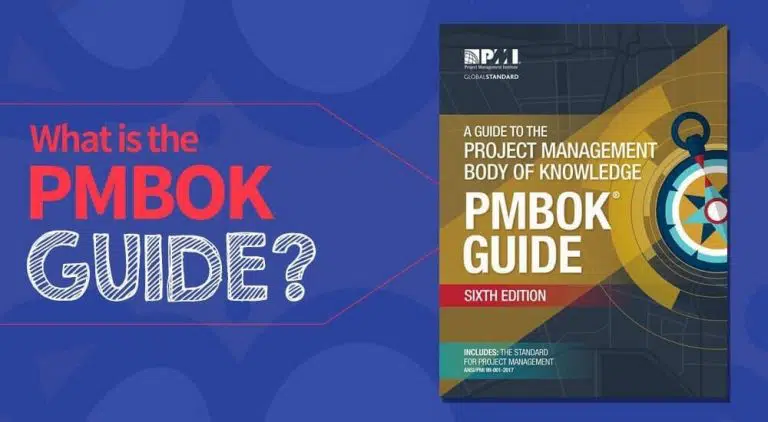

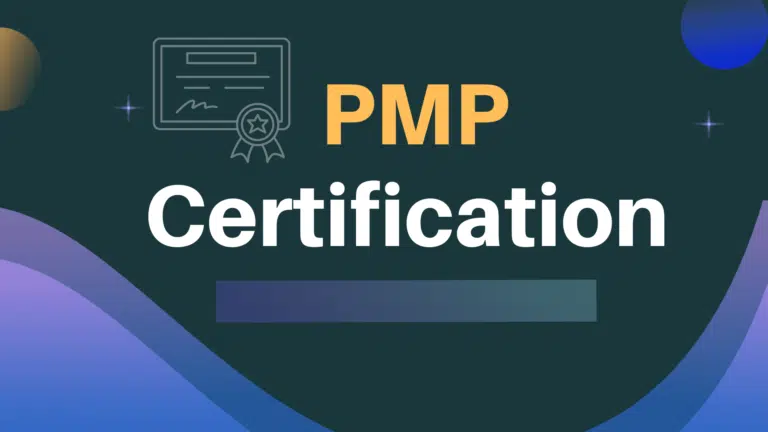
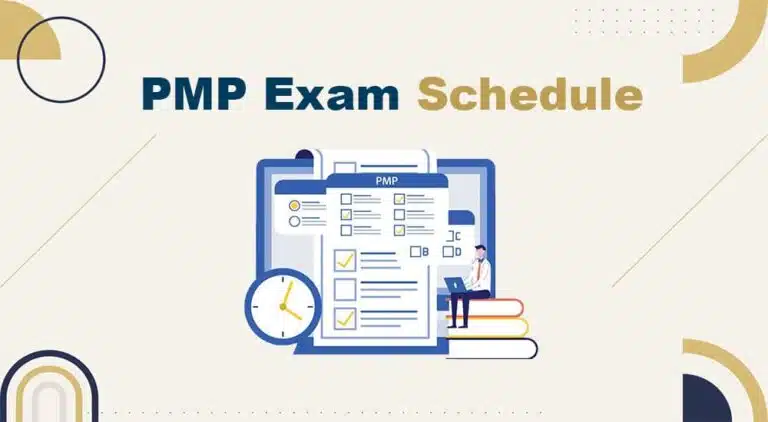
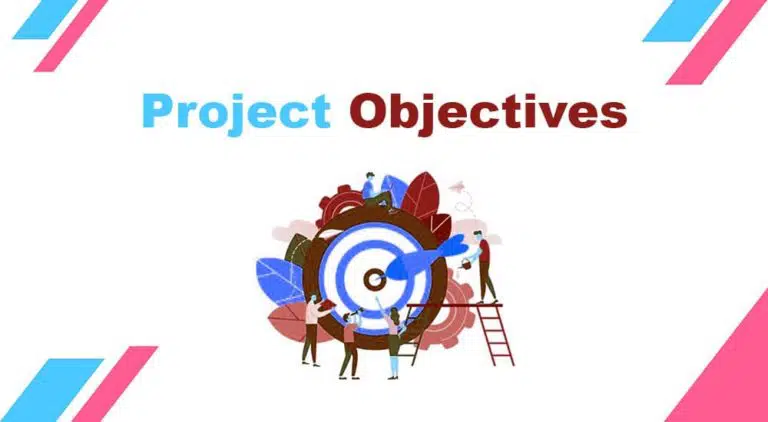
Good explanation !
Thank you for the brief-yet-thorough explanation, Fahad. Really helpful.
Best of luck!